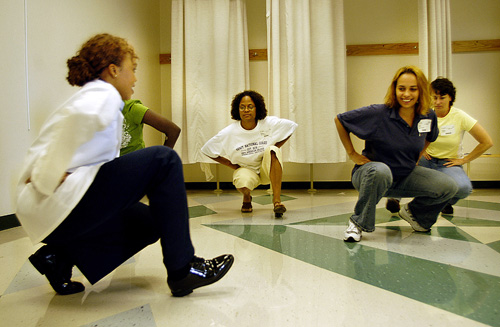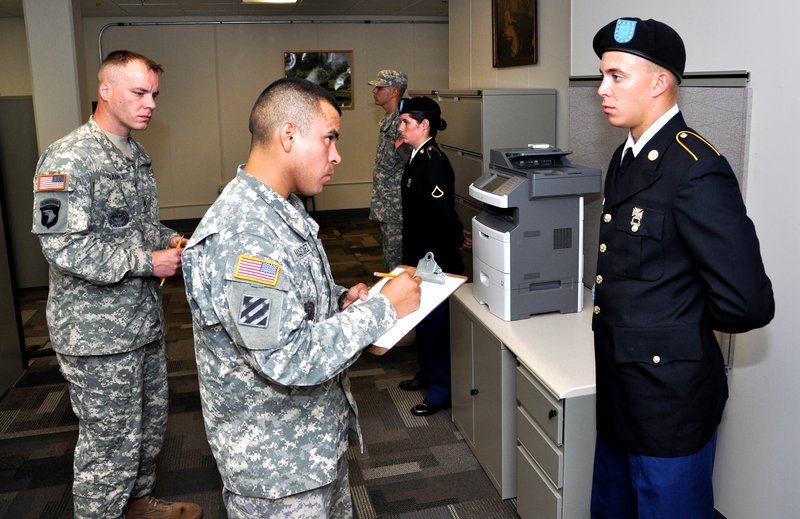[Before my ride from the Adriatic Sea, to the Black Sea, to the Baltic Sea this summer, I will be writing about the places I have ridden around the globe that may be more dangerous than where I will be riding in June and July.]
Hong Kong island viewed from Kowloon on the mainland
Between 1998 and 2001 I made a half-dozen trips to Hong Kong. Usually the trip to Hong Kong was just a stop on a longer trip from America, to Europe, to Singapore or Perth and then through Hong Kong on the way back to America. My first trip to Hong Kong was early in 1998, less than a year after Hong Kong was re-united with China. I was told to be very careful that the bustling center of free enterprise in Asia was going to be more subdued under Communist rule.
They were so wrong. This vibrant city pasted against a cliff on an island just south of the mainland was more alive 24 hours a day than any city I have ever visited. In every way it was an exciting and dangerous place to ride a bike.
The city itself is mobbed with traffic, much of it buses. The two main types of buses are the lumbering double deckers and the screaming minibuses. The turbodiesel engines of the smaller buses seemed always to be at full throttle.
The real bicycling challenge though was above the city. I usually was in Hong Kong for just two or three days. Each day I would ride from the city up the mountain to Victoria Peak on Stubbs Road and Peak Road. These long, steep roads were a series of switchbacks that rose above the city passing the houses of Hong Kong millionaires. English-language academies nestled in the trees along this road. After the long climb up, I had a blazingly fast descent. As I dropped off the mountain into the city I carried some of the speed from the descent and hit the six-lane Hennessey Road at more than 35 mph.
After descending the mountain on a two-lane road, I was in heavy traffic on Hennessey, between lumbering buses and darting motorbikes. One day, I came down the mountain and started to pass a big orange bus in the right lane. The bus was two stories of flat steel on its left side. Hong Kong, like most former British colonies has right-hand drive. The middle lane was empty when I passed the back end of the orange bus, but then another double decker started turning into my lane. The mid-afternoon sun disappeared as the distance between those buses disappeared. I pedaled liked I was in the final sprint in a Tour de France stage. As I passed the bus on the left, the driver looked at me and kept moving right.
In China, bicycles a lower class transport. Worse, Asia has no tradition of chivalry, so ties in traffic go to the bigger vehicle. I shot past the orange, slower bus and swerved in front of it to escape being crushed. I kept pedaling and did not look back till I passed under a yellow light and the buses had to stop.
I was so jazzed, I went up the hill again. Too much adrenaline to waste.
A Hong Kong Double Decker Bus
The Double Decker Buses own the Hong Kong streets
While I had the occasional near miss with a double decker bus, I had daily trouble with the minibuses. These buses are often full beyond their 26-passenger capacity. These 10,000-pound vehicles are powered by a 3-liter turbo diesel engine mated to a five-speed manual transmission.
From a traffic light, I would pull rapidly away from these overloaded buses, pissing off the driver who hates all bikes. I would get a great sprint workout riding as hard as I could while hearing the turbodiesel screaming behind me, the driver shifting at max rpms to have the best chance of squashing me under his wheels. But he and I both knew, someone would want to get out of the bus before he could complete his plan to make a spandex smear on a Hong Kong Boulevard.
The Evil Minibus
Despite the evil buses, I loved riding up and down from the Peak. There is a cable car that goes straight up mountain and beside it an old Army trail with a 35% grade. Hong Kong is crowded, beautiful and an amazing place to ride.
Looking down to Hong King and Kowloon from the Cable Car




























